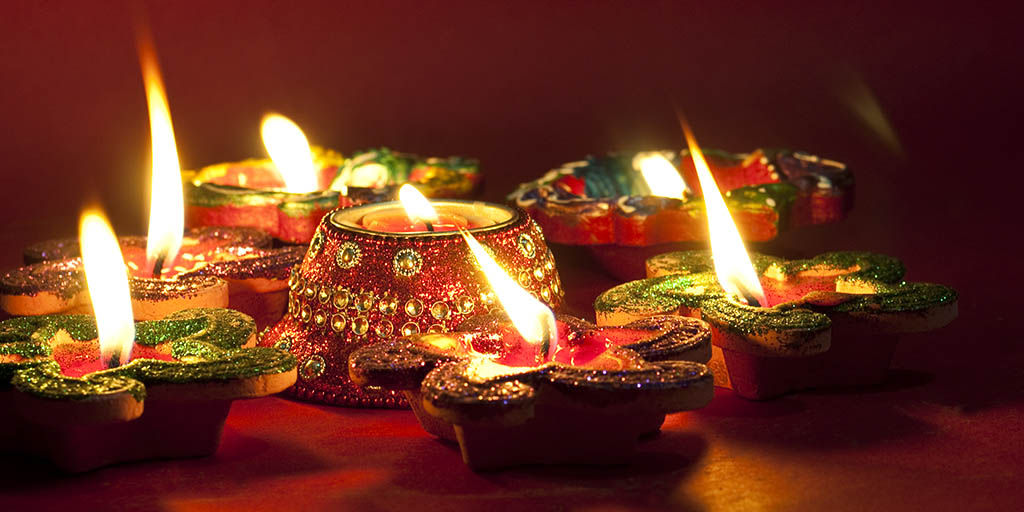The five days of Diwali
 CREDIT: ISTOCK (TRILOKS)
CREDIT: ISTOCK (TRILOKS)Everything you need to know about the festival of lights.
Diwali, one of the largest Hindu festivals, is the celebration of victory of Good over Evil and Light over Darkness. It is spread over five days and happens between mid-October and mid-November. Diwali is one of the most versatile and popular festivals that varies across cultures, religions and regions globally. Let’s take a closer look at the festival of lights and what each day of the festival signifies.
Day 1: Dhanteras or Day of Fortune. ‘Dhanteras’ is the first day of Diwali and marks the beginning of the festivities. People usually buy gold, silver and precious stones, ornaments, new clothes, and utensils on this day. In the evening, children light crackers, and people also light some earthen lamps outside their homes. Images of Lakshmi, goddess of fortune, are worshipped all over the world — in temples, homes, offices etc. Fortune refers to general well-being and prosperity as well as to money and valuables.
Day 2: Naraka Chaturdasi or Day of Knowledge. The second day of Diwali is called Naraka Chaturdasi or Kali Chaudas and is related to the traditional story of Lord Krishna defeating a demon named Narakasura and rescuing 16,000 captive princesses. On this day Hindus get up before sunrise and take a holy bath and then clean or new clothes are worn followed by breakfast with relatives and friends.
Day 3: Diwali or Day of Light. The third day of Diwali is the most important amongst all five days. This day is filled with fireworks, lamps and candles being lit to mark the high point of the festival. It is the last day of the Hindu year in many regions and also when traditional businesses close old accounts. As per scriptures, on this day Lord Rama rescued his wife from the demon Ravana after an epic battle. When he returned home, his people lit up his path home so he could return in the dark. Today, candles are lit to show the triumph of good over evil and homecoming.
Day 4: Annakut or New Year The fourth day of Diwali is the Govardhan Puja and is celebrated as the day Lord Krishna lifted the hill to shelter villagers from a flood caused by the vengeful Indra, King of Heaven. He also asked his people to worship nature as we all need to be humble in the face of divine (being nature). On this day, piles of food are donated to temples as an offering.
Day 5: Bhai Duj or Day of Love between siblings
The last day of the festivities end with Bhai Duj where the love and relationship between brothers and sisters is celebrated. On this day, brothers typically gift their sisters with presents and sisters pray for long and happy lives for their brothers. This was traditionally one of the few days when brothers could visit their married sisters’ homes, to ensure they were being well cared for.















